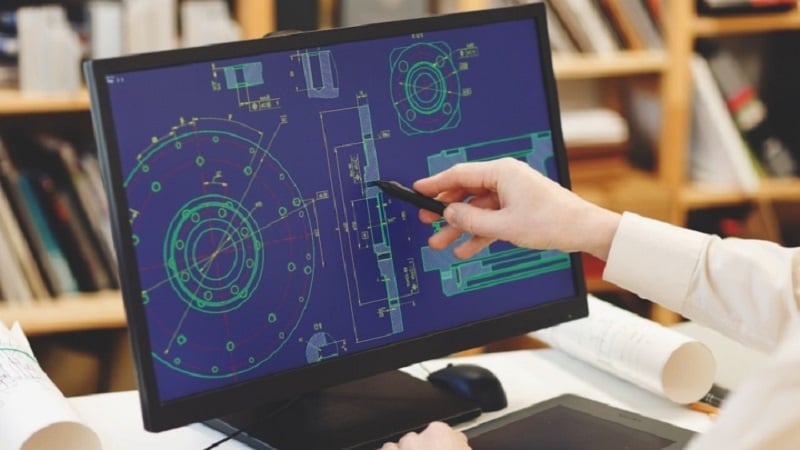In the dynamic world of product design, creativity, and innovation are the driving forces behind every groundbreaking idea. From sleek consumer electronics to intricate architectural marvels, each product begins as a vision in the mind of a designer.
However, transforming these concepts into tangible realities requires more than just imagination—it demands several tools for computer aided design and technologies to turn dreams into designs.
The Role of CAD Tools in Product Design

Enter computer-aided design (CAD) tools, the unsung heroes of modern product design. These powerful software solutions have revolutionized the way designers and engineers conceptualize, visualize, and refine their ideas.
From basic 2D drafting to advanced 3D modeling and simulation, CAD tools offer a comprehensive suite of functionalities to bring designs to life.
Exploring Dassault Systèmes' CAD Solutions
At the forefront of CAD technology is Dassault Systèmes, a global leader in digital solutions for product design and innovation. Their suite of CAD tools encompasses a wide range of functionalities, from parametric modeling and assembly design to finite element analysis and virtual prototyping. You can explore several tools for computer-aided design on their website here.
Unleashing Creativity with Versatile CAD Features
The versatility of CAD tools is what sets them apart, enabling designers to explore countless design iterations, experiment with different materials and configurations, and ultimately, push the boundaries of creativity. Features like parametric modeling allow for easy modifications and iterations, empowering designers to refine their designs with precision and confidence.
Moreover, CAD tools offer a host of advanced features such as parametric modeling, where designers can create models with intelligent geometric relationships, making it easy to modify designs and explore alternative configurations. Assembly design features allow designers to simulate the interaction between individual components, ensuring proper fit and functionality.
Optimizing Performance and Functionality
But CAD tools are not just about aesthetics—they also play a crucial role in optimizing product performance and functionality. Through advanced simulation and analysis capabilities, engineers can test various design scenarios, predict how the product will perform under different conditions, and identify potential issues before they arise.
This ensures that the final product meets the highest standards of quality and reliability.
Facilitating Collaboration and Communication
Furthermore, CAD tools facilitate collaboration and communication among team members, regardless of their location.
Designers, engineers, and stakeholders can share files, annotate designs, and provide feedback in real-time, streamlining the entire product development process and reducing time-to-market.
Looking Ahead: The Future of Product Design

In addition to CAD tools, other technologies such as additive manufacturing (3D printing), virtual reality (VR), and augmented reality (AR) are also shaping the future of product design.
These technologies offer new avenues for creativity and exploration, allowing designers to prototype and visualize their ideas in ways that were previously unimaginable.
Conclusion: Unleashing Creative Potential with CAD Tools
In conclusion, CAD tools have revolutionized the product design process, empowering designers and engineers to unleash their creativity and bring innovative ideas to life. With the right tools at their disposal, the possibilities are endless, and the only limit is the designer's imagination.
So whether you're designing the next groundbreaking gadget or revolutionizing an entire industry, CAD tools are the key to unlocking your creative potential and driving innovation forward.
